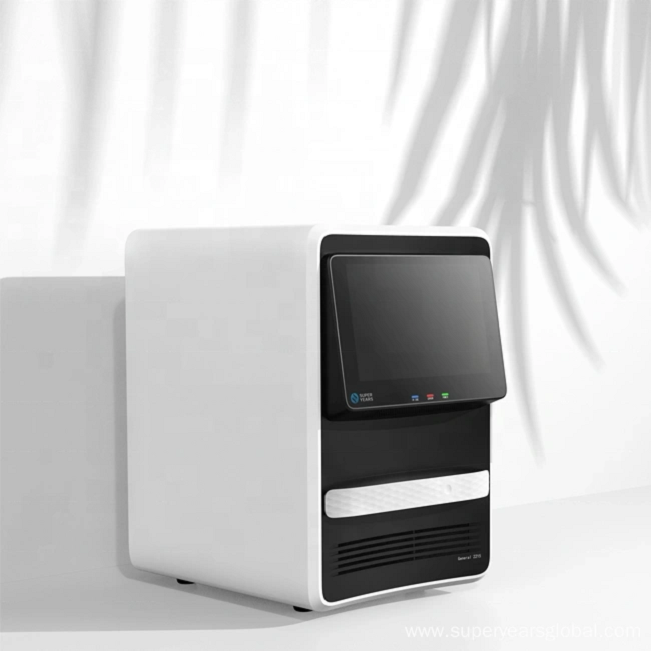
Privacy statement: Your privacy is very important to Us. Our company promises not to disclose your personal information to any external company with out your explicit permission.
3. Temperature Range: The temperature range of real-time PCR instruments typically includes the necessary temperatures for PCR, such as denaturation (usually around 95°C), annealing (typically 50-60°C), and extension (between 72-80°C). The temperature range can vary depending on the specific instrument.
PCR System Display

April 18, 2024
Mail a questo fornitore
April 18, 2024
April 23, 2024
April 23, 2024
Invia domanda

Mr. Mr. Leon Wen
Numero Di Telefono:0086-025-57561788
Fax:
Mobile:+8619871200893
E-mail:wenjiajun@superyears.com
Azienda Indirizzo:Nanjing, Jiangsu
mobile Site


Privacy statement: Your privacy is very important to Us. Our company promises not to disclose your personal information to any external company with out your explicit permission.

Fill in more information so that we can get in touch with you faster
Privacy statement: Your privacy is very important to Us. Our company promises not to disclose your personal information to any external company with out your explicit permission.